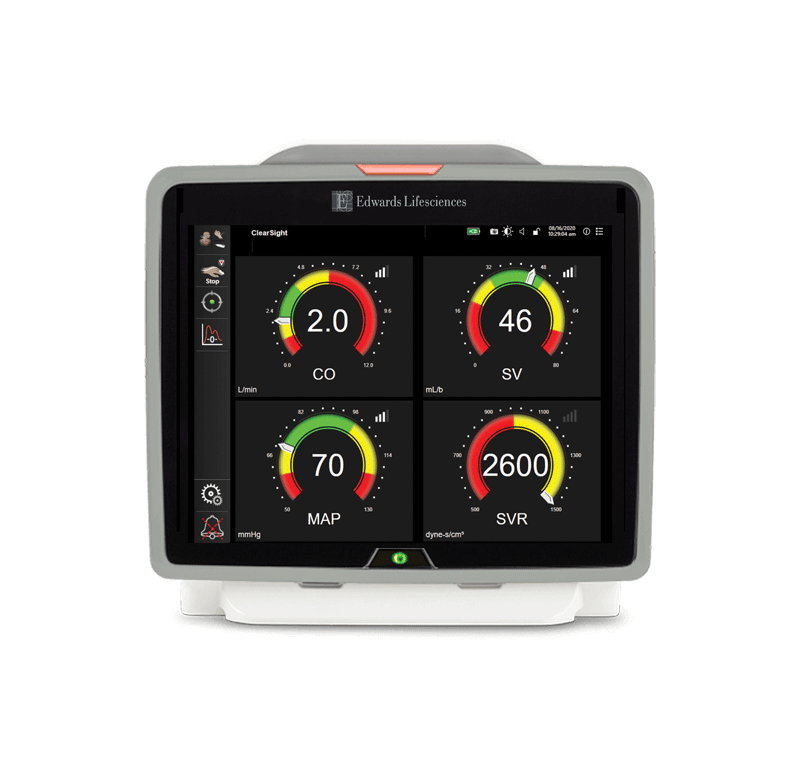Demonstrated a 57% reduction in duration of intraoperative hypotension*1
*Prospective, single-arm multicenter study in noncardiac surgical patients requiring arterial line monitoring compared to a historical control.
Pour le canadien français, veuillez suivre ce lien.
Unlock intelligent decision support
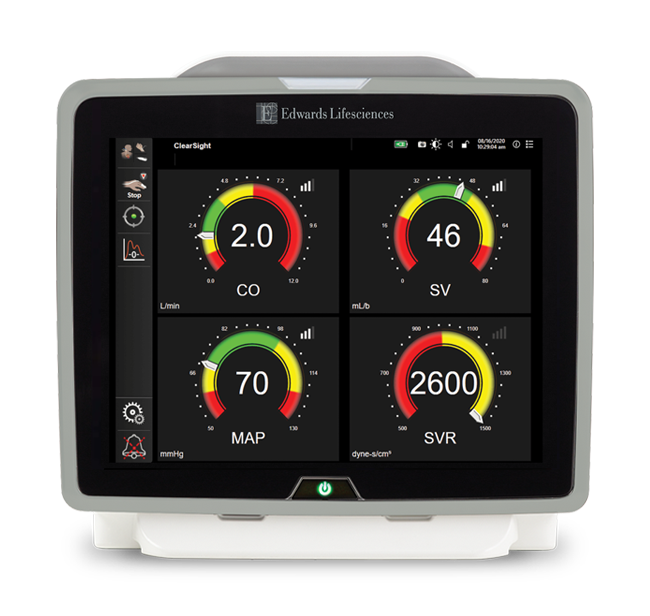

Demonstrated a 57% reduction in duration of intraoperative hypotension*1
*Prospective, single-arm multicenter study in noncardiac surgical patients requiring arterial line monitoring compared to a historical control.
Demonstrates accuracy to predict the likelihood of hypotension.2
Demonstrates superior predictive abilities for hypotension over common hemodynamic parameters such as cardiac output (CO), stroke volume (SV), and changes in mean arterial pressure (MAP).3
The HPI parameter displays as a value ranging from 0 to 100, with higher values indicating higher likelihood of a hypotensive event.*
The HPI parameter value is updated every 20 seconds, providing continuous predictive insights into developing hypotension.

The HPI high alert popup alerts you when your patient is trending towards or experiencing a hypotensive event.*
If the HPI parameter value exceeds 85 for two consecutive 20-second updates or reaches 100 at any time, the HPI high alert popup window will appear, prompting you to review the patient hemodynamics using the HPI secondary screen.

The secondary screen provides you insights into the cause of hypotension, and hemodynamic parameters are arranged visually by preload, afterload and contractility.
It provides a complete hemodynamic picture of your patient. Parameters displayed include MAP, CO, CI, SVR, PR, SV and SVV/PPV, as well as HPI, dP/dt, and Eadyn.

Stroke volume variation (SVV) or pulse pressure variation (PPV)
The percent difference between minimum and maximum stroke volume (SV) or pulse pressure (PP) during a respiratory cycle.
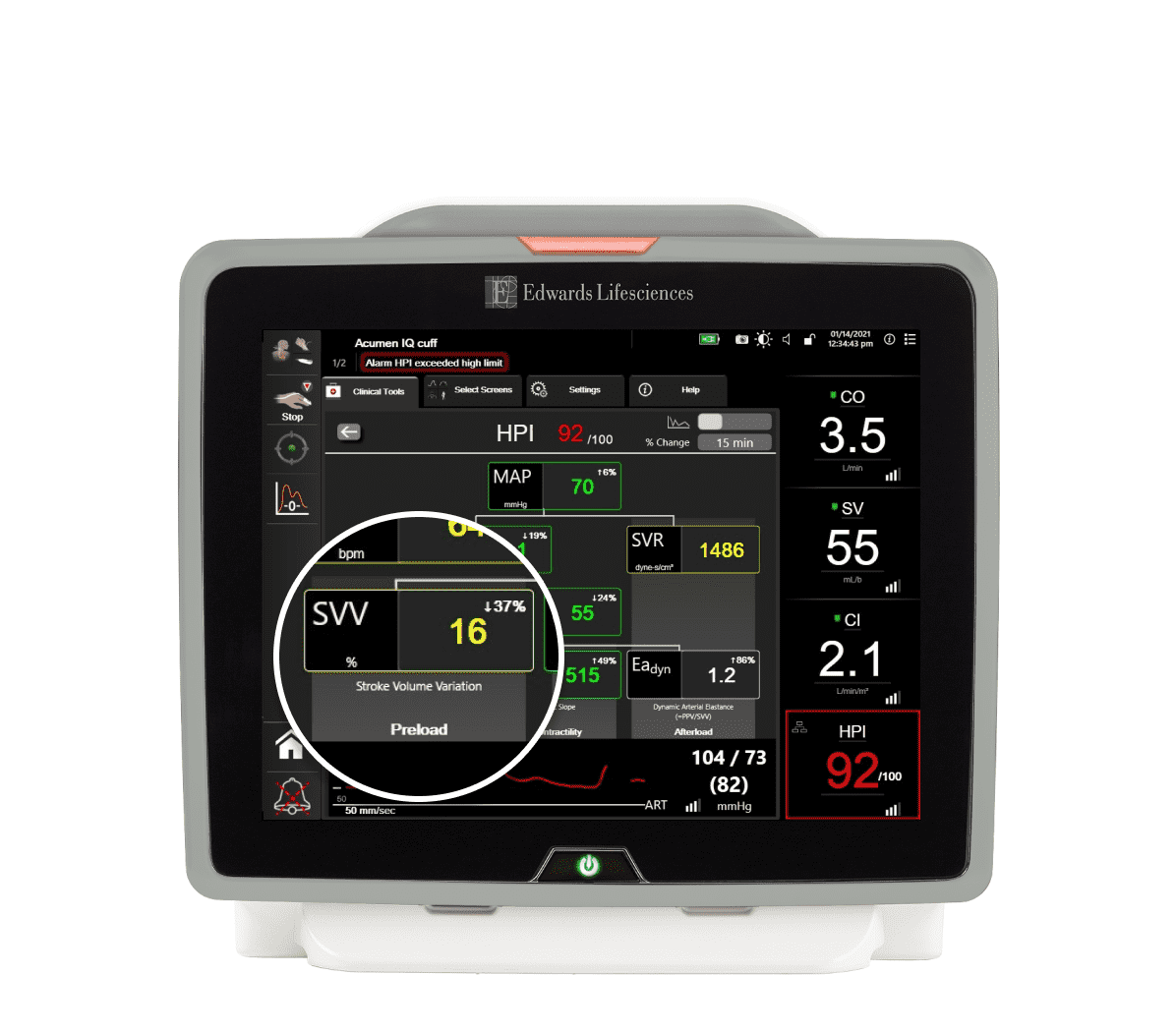
Systolic slope (dP/dt)
Maximum upslope of the arterial pressure waveform from a peripheral artery.

Dynamic arterial elastance (Eadyn)
The ratio of pulse pressure variation to stroke volume variation.







The HPI parameter displays as a value ranging from 0 to 100, with higher values indicating higher likelihood of a hypotensive event.*
The HPI parameter value is updated every 20 seconds, providing continuous predictive insights into developing hypotension.
The HPI high alert popup alerts you when your patient is trending towards or experiencing a hypotensive event.*
If the HPI parameter value exceeds 85 for two consecutive 20-second updates or reaches 100 at any time, the HPI high alert popup window will appear, prompting you to review the patient hemodynamics using the HPI secondary screen.
The secondary screen provides you insights into the cause of hypotension, and hemodynamic parameters are arranged visually by preload, afterload and contractility.
It provides a complete hemodynamic picture of your patient. Parameters displayed include MAP, CO, CI, SVR, PR, SV and SVV/PPV, as well as HPI, dP/dt, and Eadyn.
Stroke volume variation (SVV) or pulse pressure variation (PPV)
The percent difference between minimum and maximum stroke volume (SV) or pulse pressure (PP) during a respiratory cycle.
Systolic slope (dP/dt)
Maximum upslope of the arterial pressure waveform from a peripheral artery.
Dynamic arterial elastance (Eadyn)
The ratio of pulse pressure variation to stroke volume variation.
*A hypotensive event is defined as MAP <65 mmHg for a duration of at least one minute.
2020 Wijnberge, et al.
Publication in JAMA: “Effect of a Machine Learning–Derived Early Warning System for Intraoperative Hypotension vs Standard Care on Depth and Duration of Intraoperative Hypotension During Elective Noncardiac Surgery: The HYPE Randomized Clinical Trial"†
This study demonstrated that Acumen HPI software combined with a treatment protocol achieved statistically significant reduction in hypotension vs. standard of care.
Elective, noncardiac surgery patients monitored with Acumen HPI had a median time of hypotension per patient of 8 minutes compared to 32.7 minutes in the control group.
Time-weighted average of hypotension combines the duration and the severity of hypotension corrected for the total duration of the procedure. With Acumen HPI, the study showed a median .38 mm Hg (95% CL) difference between the interventional and control group.4
2019 Schneck, et al.
Publication in the Journal of Clinical Monitoring and Computing: "Hypotension Prediction Index based protocolized haemodynamic management reduces the incidence and duration of intraoperative hypotension in primary total hip arthroplasty: a single centre feasibility randomised blinded prospective interventional trial"†
In this single center feasibility study, Acumen HPI software combined with protocolized treatment was shown to reduce the relative and absolute duration of hypotension in total hip arthroplasty patients, in comparison to a historical and prospective control group.5
2019 Davies, et al.
Publication in Anesthesia and Analgesia: "Ability of an Arterial Waveform Analysis–Derived Hypotension Prediction Index to Predict Future Hypotensive Events in Surgical Patients"†
In this 255 patient, 2-center retrospective analysis study, when compared with hemodynamic parameters such as SV, CO, SVV, and MAP, Acumen HPI software showed a higher predictive performance at 5 and 10 minutes before hypotension.3
2018 Hatib, et al.
Publication in Anesthesiology: "Machine-learning Algorithm to Predict Hypotension Based on High-fidelity Arterial Pressure Waveform Analysis"†
Acumen HPI software demonstrated high accuracy in predicting hypotension.
An internal validation of 350 patient records demonstrated that 10 minutes before an event, Acumen HPI software predicted hypotension with a specificity and sensitivity of 89% and 90% respectively, and with an AUC of 0.95 (CL 95%).2
†Studies conducted with arterial line monitoring
Though intraoperative hypotension (IOH) is common in surgical patients, numerous studies indicate that it is strongly associated with risk of myocardial injury (MI), acute kidney injury (AKI), and mortality.6,7
Acumen HPI software is effective in detecting hemodynamic instability and substantially reducing the duration of IOH during noncardiac surgery.*
*Compared to a retrospective historical control group, in patients requiring arterial line monitoring1
88% of patients continuously monitored with an arterial line still experienced hypotension, defined as MAP <65 mmHg for 1 minute.9
Prolonged exposures below MAP thresholds of 65 mmHg are associated with increased risk of mortality, myocardial injury and AKI after noncardiac surgery.6,7,10,11
Acumen HPI software demonstrated a 57% reduction in duration of intraoperative hypotension.*1
*Perspective, single-arm multicenter study in noncardiac surgical patients requiring arterial line monitoring compared to a historical control
Advanced hemodynamic monitoring provides access to continuous pressure and flow parameters, giving you valuable insight into the adequacy of perfusion.
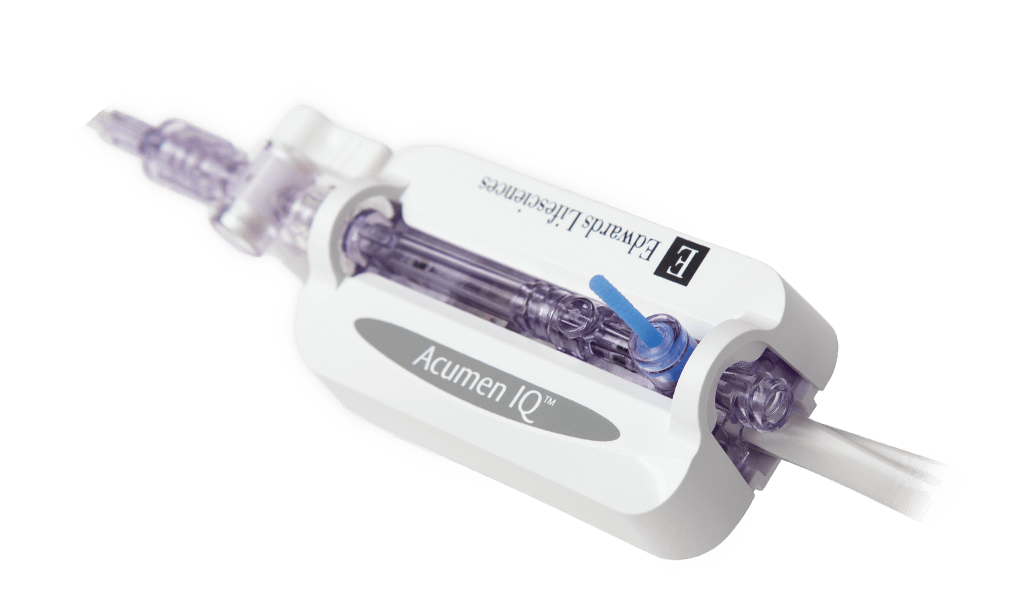
Acumen IQ sensor unlocks Acumen HPI and Acumen Assisted Fluid Management (AFM) software. The sensor connects to any existing radial arterial line and offers you patients’ hemodynamic status.
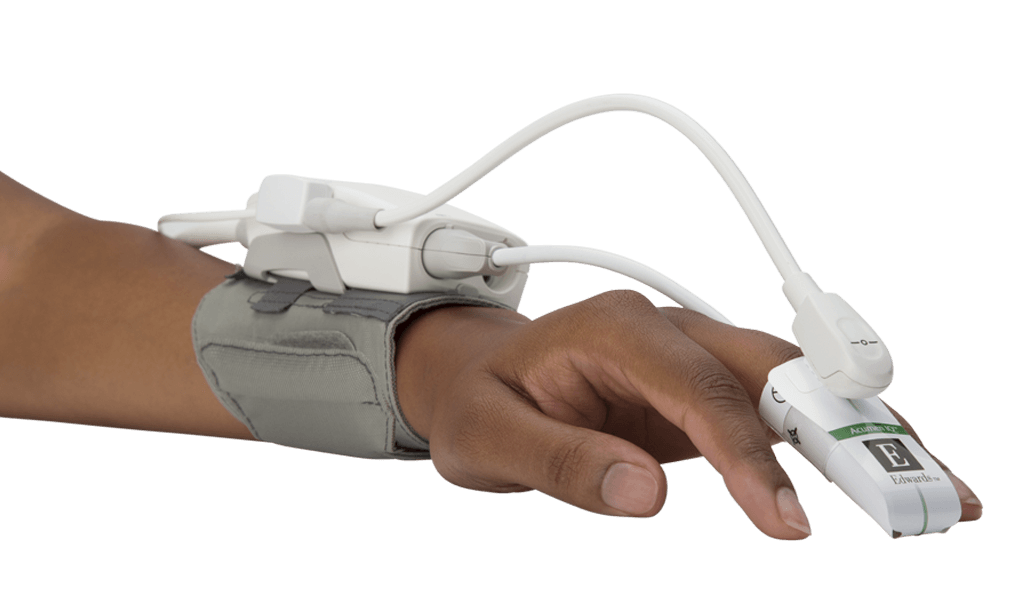
Acumen IQ cuff unlocks Acumen HPI software* and provides continuous blood pressure and advanced hemodynamic parameters from a noninvasive finger cuff.
* Acumen HPI parameter is indicated for surgical patients only when using an Acumen IQ cuff
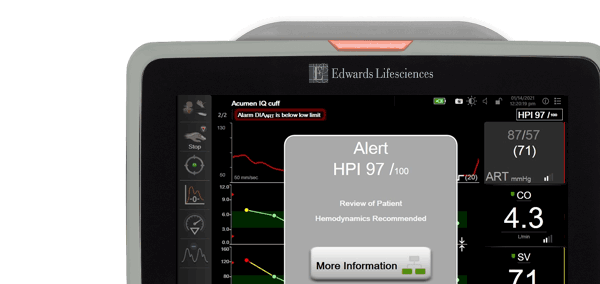
An advanced hemodynamic monitoring platform that offers full-range cuff, sensor, and catheter compatibility. HemoSphere monitor enables proactive, individualized patient management.

Acumen Analytics software allows you to retrospectively view and analyze monitored hemodynamic parameters, including mean arterial pressure, providing you insights into the frequency, duration and prevalence of intraoperative hypotension in your practice.
With a long-term commitment to improving the quality of care for surgical and critical care patients through education, Edwards clinical education meets you no matter where you are in the learning process — with a continuum of resources and tools that continuously support you as you solve the clinical challenges facing you today, and in the future.
We are committed to providing your institution, clinicians and staff with the highest levels of customer service and support to ensure seamless product implementation and ongoing use, including:
24/7 Technical support
For product information and orders
